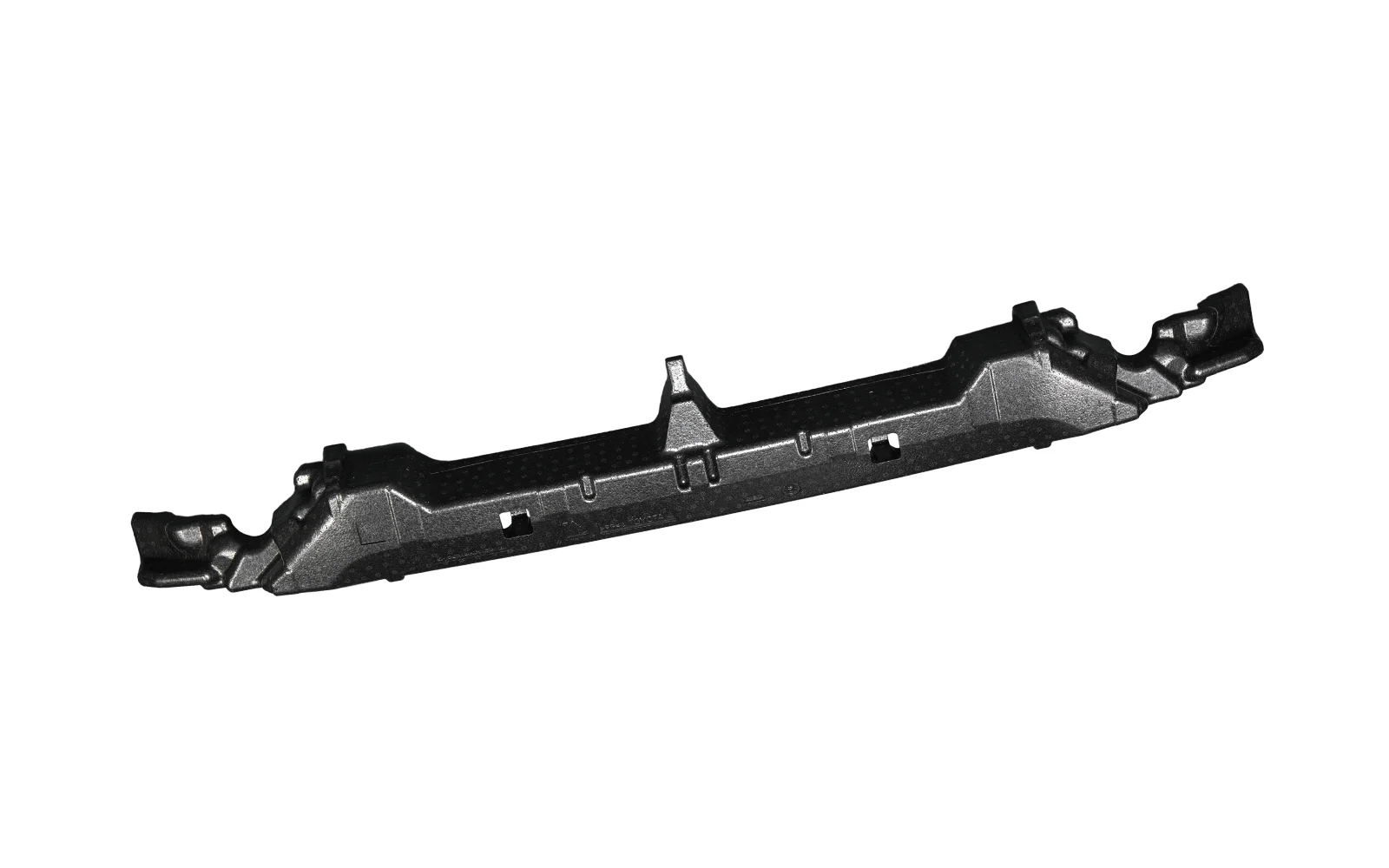According to the European Automobile Manufacturers Association, the automotive industry spends the most resources on the research and development as compared to other sectors of the European industry. The objective of the continuous perfecting of technologies and new discoveries is to change the transport image to more sustainable and its principal elements are to be lighter, more ecological and intelligent cars of the future.
The automotive industry is a dynamically developing and the most innovative branch of the European Economy. Among the ten key industry sectors it bears almost 30% of the global expenses for studies and development, leaving far behind the second on the list pharmaceutical and biotechnology sector. In 2018 the automotive branch devoted for this purpose almost 61 milliard euro, when the pharmaceutical branch – 39.9 milliard euro. The European automotive sector is substantially ahead of Japan with expanses almost half as big and the United States, whose investments in studies and development in the area of “cars and car parts” are on the level of about 18 milliard euro. The crises related to the limitations in supplies and the necessity of fast adapting to increasingly stringent emission norms in the area of the European Union will surely have an impact on the future of this sector, however there is every indication that it rests on sound foundations.
What are the principal directions of development of the European automotive branch?
Even though it may seem that the domain of the European automotive industry is the electro mobility and the most of the information concerning intelligent, autonomous cars comes from the United States, in 2018 the largest number of patent applications in the area of the autonomous cars technology originated just from Europe. Out of the general number of all the patents in the world 33.3 % falls on Europe, which is ahead the United States with the percentage of 30,1%. The third place is taken by Japan and the fourth by South Korea, whereby their shares in the global patent applications were 11.5% and 10.5% respectively.
It means that electrification of vehicles on the European Continent is strongly related to development of more and more intelligent technologies that are supposed to make driving more comfortable, safe and predictable. It is related to i.a. with still amended European regulations, which apart from the next stringent emission limits implement among other things more and more solutions of active safety in the standard equipment of new vehicles. The crises caused by the pandemics not only did not disturb but strengthened this direction of the development. It is demonstrated i.a. by the sales data for the first half of 2020. Even though the combustion engine cars sales dropped by as much as 38%, the sale of electric cars was increased by 20%. This trend is supported by actions of the governments of some European countries, which use financial incentives for purchase of kind of cars, thus generating consumer demand.
Read more: Are electric cars the future of the motorisation?
Electric cars of the future and innovative car parts
The complete replacement of the combustion engine cars with the fully electric and autonomous ones requires further development of not only the propulsion technologies and charging of the low emission cars of the future, but also but also perfecting of their whole construction. Apart from even more efficient propulsion units, intelligent electronics allowing for more effective utilization of the energy or diminishing of batteries, they must have lighter yet even more aerodynamic shape. Therefore designers and constructors in the automotive branch are still looking for new materials and innovative production technologies, which will allow on one side to decrease the weight of vehicles and on the other side – to ensure their optimal manoeuvrability and structural strength, consequently – the safety and comfort of their use. Simultaneously the modern cars should be produced as much as possible from the recyclable materials as it is requested by European law. In this context one of the largest innovations in the automotive branch turned out to be the ultralight expanded polypropylene EPP, which finds nowadays a number of applications in construction of electric vehicles.
Expanded polypropylene EPP – important innovation in the automotive branch

Even though the EPP foam is relatively newly used for production of car part sit has found many various applications in the automotive branch. Still in the eighties it was used for production of amortizing elements in bumpers, however its numerous properties caused that it soon substituted traditional foams in many areas of vehicle manufacturing. First of all it is much lighter, easy to form and 100% recyclable, which fully complies with the contemporary requirements of the car manufacturers. The economic process of pressure formation of the EPP and modern technologies of the 3D computer modelling make that it is a perfect material allowing for production of unique, innovative solutions.
Apart from excellent thermal insulation properties and shock absorbing it offers protection of sensitive electronics against overvoltage and at the same time it does not deform permanently. All of this caused that it is used today not only for production of the basic vehicle equipment elements such as seats, headrests or door filling, but also of the elements comprised in battery sets for electric cars. Cell separators, high breakdown voltage insulator or fixing elements made from it protect perfectly the sensitive electronics against mechanical and electric factors, ensuring safe and trouble free exploitation of modern electric cars.